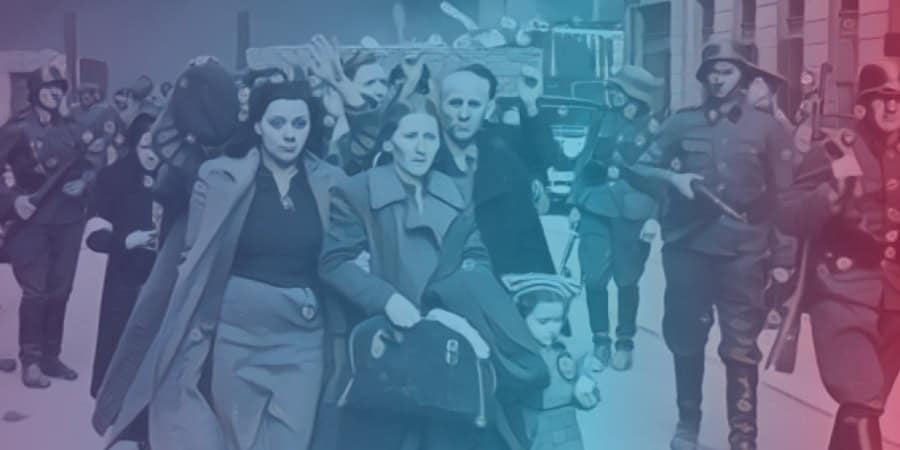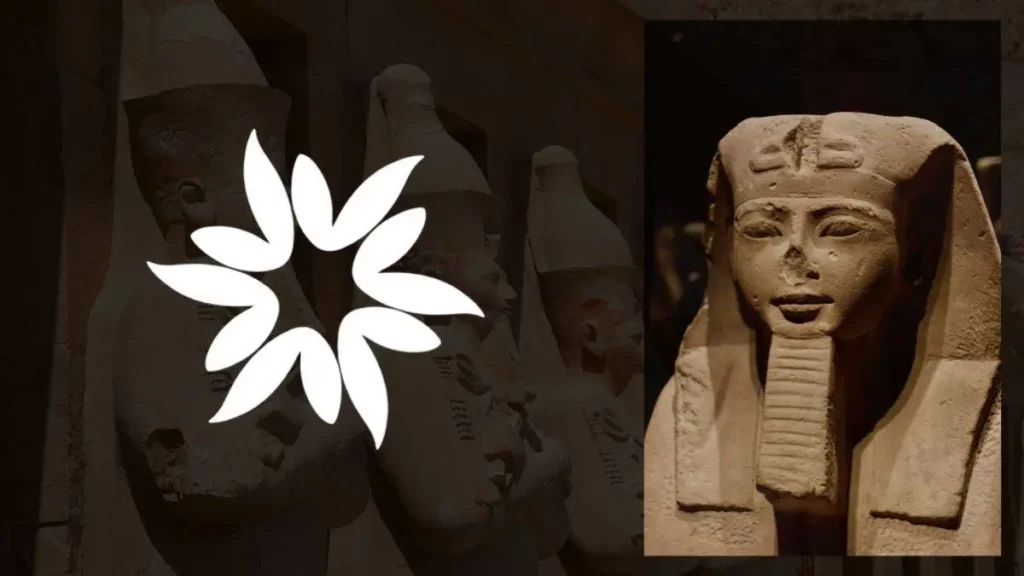Key Takeaways
- The Warsaw Ghetto Uprising was a courageous act of Jewish resistance against the Nazis during World War II and remains a testament to the resilience and determination of those who fought against the systematic extermination of European Jews.
- The Warsaw Ghetto was the largest and most infamous ghetto created by the Nazis during World War II, and severe overcrowding, starvation, and disease were rampant.
- The uprising inspired other acts of resistance in German-occupied Europe and became a symbol of defiance against Nazi oppression.
- The Days of Remembrance, observed annually around April 19, commemorate the bravery of the Warsaw Ghetto Uprising participants and honor the victims and survivors of the Holocaust.
- Personal stories of heroism, sacrifice, and resilience remind us of the bravery and determination of those who lived through the Holocaust, and it is our responsibility to share these accounts with future generations to ensure that history is remembered and such atrocities are never repeated.
Eight decades have passed since the Warsaw Ghetto Uprising, a courageous act of Jewish resistance against the Nazis during World War II.
The uprising remains a testament to the resilience and determination of those who fought against the systematic extermination of European Jews by Hitler’s forces.
On the 80th anniversary, we not only pay homage to the heroes of the uprising but also preserve the stories of survivors and the memory of those who perished in the Holocaust.
The Warsaw Ghetto and its Tragic History
During World War II, the Nazis created ghettos in major cities to segregate and isolate the Jewish population.
The Warsaw Ghetto, the largest and most infamous, was established in 1940. At its peak in 1942, it confined approximately 400,000 Jews to a mere 1.3 square miles, with a wall and barbed wire fencing them in.
Severe overcrowding, starvation, and disease were rampant, leading to a significant loss of life.
The Warsaw Ghetto, the largest and most infamous, was established in 1940. At its peak in 1942, it confined approximately 400,000 Jews to a mere 1.3 square miles, with a wall and barbed wire fencing them in.

The Warsaw Ghetto Uprising: A Symbol of Resistance
In July 1942, the Nazis initiated the liquidation of the Warsaw Ghetto, deporting thousands of Jews to concentration and extermination camps.
Alarmed by the situation, a group of Jewish resistance fighters, including the Jewish Fighting Organization (ŻOB) and the Jewish Military Union (ŻZW), decided to take a stand.
They managed to secure weapons from the Polish underground resistance and initiated the Warsaw Ghetto Uprising on April 19, 1943, the day after Passover.
Despite being significantly outnumbered and outgunned, approximately 700 young Jewish fighters bravely resisted the SS troops for almost a month.
The Nazis eventually crushed the rebellion on May 16, 1943, leveling the ghetto and sending the remaining Jews to concentration camps.
The Lasting Impact of the Warsaw Ghetto Uprising
The uprising inspired other acts of resistance in German-occupied Europe and became a symbol of defiance against Nazi oppression.
The Days of Remembrance, observed annually around April 19, commemorate the bravery of the Warsaw Ghetto Uprising participants and honor the victims and survivors of the Holocaust.
Stories of Heroism, Sacrifice, and Resilience
To preserve the memory of those who experienced the Warsaw Ghetto Uprising and the Holocaust, CNN invited readers to share their relatives’ stories.
These accounts offer a glimpse into the lives of individuals and their families during these trying times, reflecting their courage and resilience.
Some stories share tales of families torn apart, loved ones lost, and heroic acts in the face of overwhelming adversity.
One account tells of a woman who smuggled her daughter out of the ghetto only to be killed while protecting a friend.
Another recalls a man who survived the uprising, escaped through the sewers, and eventually found solace when he heard Russian voices signaling the end of the war.
Other stories detail the harrowing experiences of concentration camp survivors.
One man survived a gunshot wound during the uprising and had the bullet removed by a fellow Jewish doctor while imprisoned at Majdanek.
He later endured Auschwitz and a death march before being liberated in 1945.
These personal stories remind us of the bravery and determination of those who lived through the Holocaust.
As we commemorate the 80th anniversary of the Warsaw Ghetto Uprising, it is our responsibility to share these accounts with future generations to ensure that history is remembered and such atrocities are never repeated.








